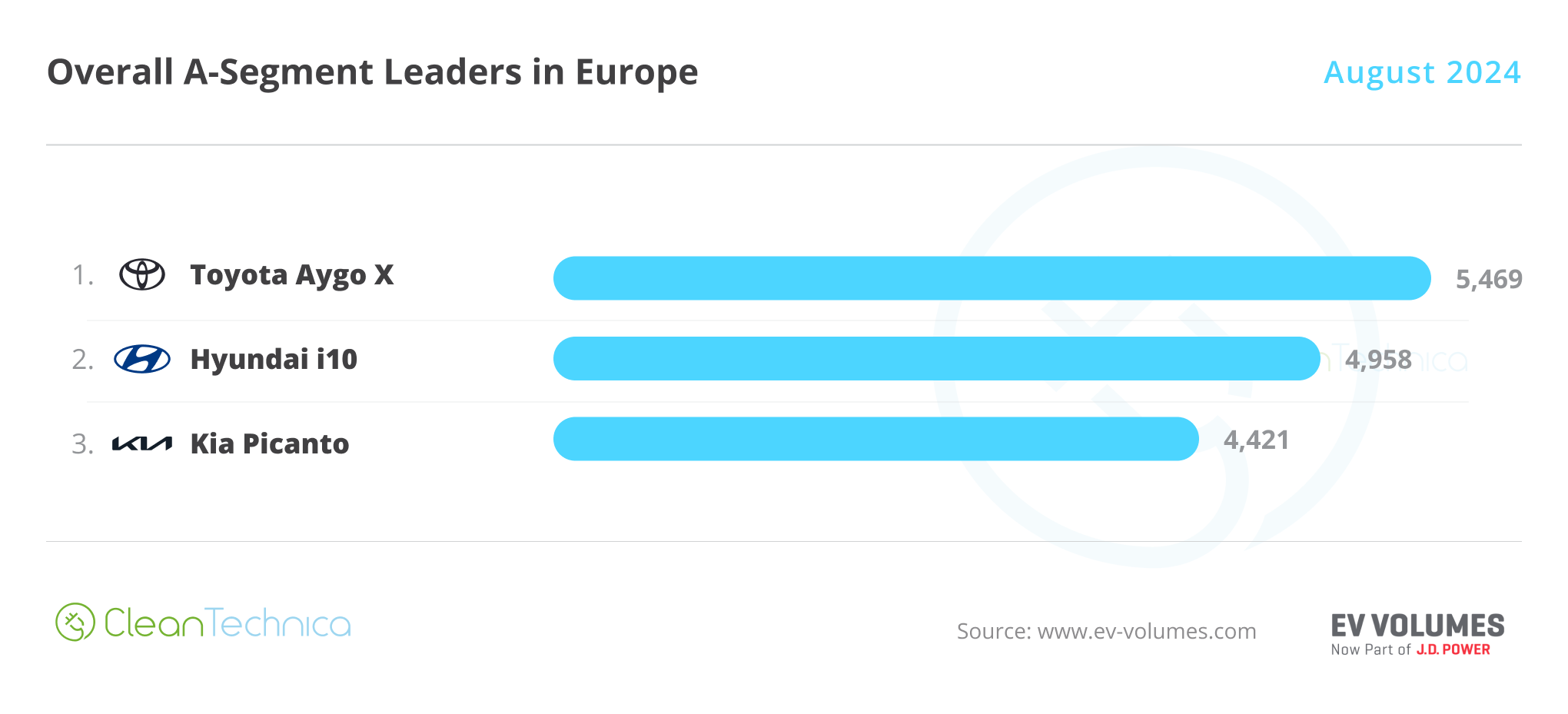Sign up for daily news updates from CleanTechnica on email. Or follow us on Google News!
Electric vehicle fans who are yearning for the next big thing in EV batteries might not have too much longer to wait. New solid-state batteries are emerging faster than some analysts anticipated, providing for longer range, faster charging times and other benefits to fulfill the promise of hassle-free zero emission mobility.
Solid-State Batteries With Ceramic Brains
Solid-state batteries ditch the volatile liquid electrolyte commonly used in lithium-ion batteries. A non-flammable, high tech ceramic alternative has been one focus of attention. Anyone who has ever thrown a dinner plate against a wall can testify that cracking and breaking can challenge some ceramic materials. However, the field of high tech industrial ceramics is another kettle of fish.
The US startup Ion Storage Systems is one firm that has been focusing on ceramic electrolytes for solid-state batteries. ISS crossed the CleanTechnica radar last year when the company inked a partnership with the leading French ceramics innovator Saint-Gobain, leveraging a new brain-like ceramic structure. Saint-Gobain also became an investor in ISS last year.
ISS spun out of research at the University of Maryland and it has a long relationship with ARPA-E, an office of the US Department of Energy that funds high risk, high reward transformational projects.
In the latest news from ISS, the company announced that it is receiving a new 50-50 matching grant of $20 million from ARPA-E, aimed at accelerating its new solid-state batteries into the market. With the private funding match, the total adds up to $40 million.
Also lending a hand to the effort is the electronics industry services firm KLA Corporation. “We provide advanced process control and process-enabling solutions for manufacturing wafers and reticles, integrated circuits, packaging and printed circuit boards,” KLA says of itself.
“KLA is committed to leveraging the established methodologies and standards from the semi-industry to address the challenges associated with the inflection of next-gen batteries,” explains Oreste Donzella, EVP of the Electronics, Packaging and Components branch of the KLA.
Semi-Solid State Batteries Are Also In The Mix
The $20 million ISS award was one of four innovative projects awarded a total of $63.5 million round of funding released by ARPA-E in June through the latest round of the SCALE-UP (Seeding Critical Advances for Leading Energy technologies with Untapped Potential) program.
“SCALEUP supports the Biden-Harris Administration’s efforts to advance critical research and development helping to propel America’s energy innovation leadership on the global stage,” ARPA-E explains.
In addition to funding for full solid-state batteries, the Energy Department has also provided an assist for semi-solid state batteries, an area that shows signs of a faster path to commercialization.
Last year the firm 24M Technologies won a $3.2 million award through the Energy Department’s EVs4All affordable EV program. The funding is aimed at its work on low-cost, fast-charging semi-solid state sodium metal EV batteries. “The SemiSolid electrode architecture has been commercially demonstrated with exceptionally high energy density using lithium-ion chemistry,” the Energy Department notes.” The next step is to apply that framework to sodium-ion batteries.
Meanwhile, Over At DARPA
ARPE-E is a relatively new funding branch of the Energy Department, authorized by the 2007 America Competes Act. The bill was signed into law by former Republican President George Bush but ARPA-E was not funded until President Obama took office in 2009 (see more ARPA-E background here).
ARPA-E is modeled after the Defense Advanced Research Projects Agency, which has a much longer history dating back to 1958. DARPA cut its teeth on GPS and the Internet, among other high tech innovations that have become mainstays of civilian life, so it will be interesting to see what they cook up in the area of solid-state batteries.
In 2022, DARPA included funding for solid-state batteries in its new four-year Morphogenic Interfaces (MINT) program. In the solid-state battery area, the focus is on deploying morphogenic systems to overcome the challenge of limited charging cycles.
“The inspiration for pursuing novel, adaptive electrochemical interfaces comes from biology and the concept of morphogenesis, which captures the physics behind how cells and tissues take shape,” DARPA explains.
“The teams we’ve selected will develop and demonstrate novel morphogenic interface materials to enable long-lasting and high-performance solid-state batteries,” elaborated MINT program manager Vishnu Sundaresan, who anticipates a wide range of use cases from portable battery packs to UAVs and ground vehicles.
Of the six teams selected for the MINT program, three were tasked with developing solid-state batteries. Here are the project descriptions:
GE Research, teamed with the University of Michigan, University of California Santa Barbara, and Storagenergy, will develop a multi-scale integrable deep neural network model to design an intermetallic solid/solid charge transfer interface material to enhance the performance of lithium-ion solid-state batteries (Li-SSBs).
Carnegie Mellon University, teamed with MIT, Harvard University, Argonne National Laboratory, 24M Technologies, and QuantumScape, will develop an end-to-end model for solid-state batteries using differentiable physics to discover new soft solid materials and demonstrate its application in Li-SSBs.
University of Illinois Urbana-Champaign, teamed with University of Michigan, Purdue University, Princeton University, Caltech, Georgia Tech, and Xerion Advanced Battery Corp., will develop a chemo-mechanical model of solid/solid interfaces using atomistic, molecular dynamics and continuum models and use this knowledge to design and fabricate Li-SSBs containing novel interface materials.
Interesting! Quantumscape already seems to be a jump or two ahead, 24M Technologies is getting an assist from the Energy Department, and Storagenery has also received funding from the Energy Department as well as NASA.
Xerion is new to the pages of CleanTechnica, but it has also come to the attention of the Energy Department. Last year, the company teamed up with the University of Illinois at Urbana-Champaign to nail down first prize in the agency’s inaugural American-Made Geothermal Lithium Extraction competition. The low cost energy-efficient process underscores the company’s focus on securing a domestically sourced supply of lithium (here’s some more background on the DARPA award from the school).
Phase I of the MINT program is an exploratory step deploying modeling techniques. Phase 2 involves further tweaks to the model, leading to improvements in the interface materials of solid state batteries. I reached out to DARPA to see if Phase 2 has begun yet, so stay tuned for more on that.
Follow me via LinkTree, or @tinamcasey on Threads, LinkedIn, and Instagram.
Image: A brain-like ceramic structure characterizes the new electrolyte for solid-state batteries developed by the US startup Ion Storage Systems in partnership with the ceramics specialist Saint-Gobain of France (courtesy of ISS).
Have a tip for CleanTechnica? Want to advertise? Want to suggest a guest for our CleanTech Talk podcast? Contact us here.
Latest CleanTechnica.TV Videos
CleanTechnica uses affiliate links. See our policy here.
CleanTechnica’s Comment Policy





